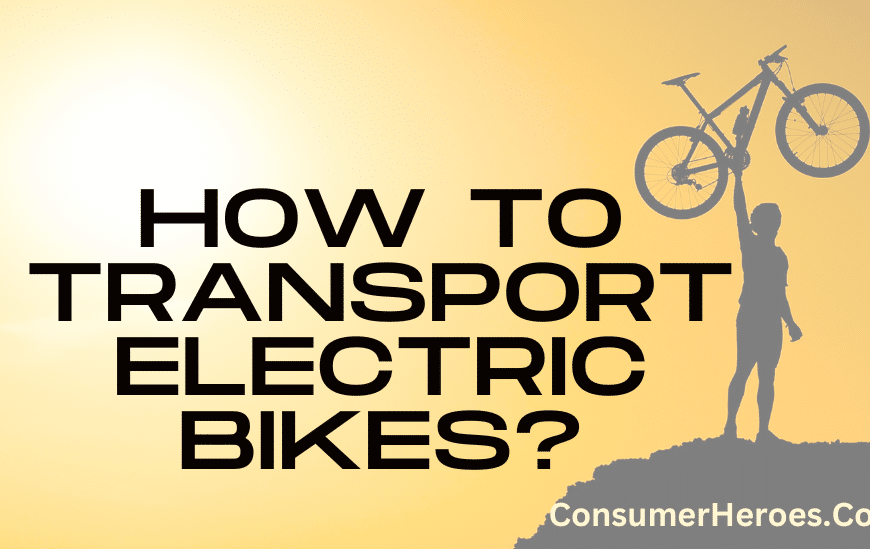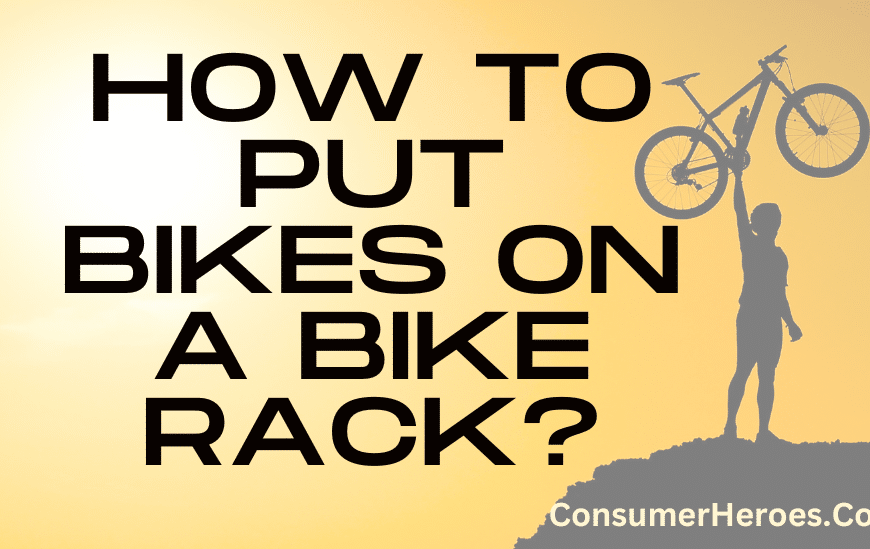Bicycles are a popular mode of transportation and recreation, and many people are curious about how fast they can go. The speed of a bike depends on a variety of factors, such as the rider’s strength and skill, the type of bike, and the terrain. However, there are some general guidelines that can give an idea of how fast a bike can go.
On flat terrain, a typical recreational bike can go anywhere from 10 to 20 miles per hour, depending on the rider’s fitness level and the bike’s gearing. Professional cyclists can reach speeds of up to 30 or 40 miles per hour on flat roads. Downhill, bikes can go even faster, with some riders reaching speeds of over 60 miles per hour.
It’s important to note that these are just general guidelines, and individual results may vary. Factors such as wind resistance, road conditions, and the weight of the rider and bike can all affect speed. Additionally, it’s important to always ride safely and within your own abilities, regardless of how fast you think you can go.
Factors Influencing Bike Speed
The speed of a bike can be influenced by various factors. Some of the key factors that affect the speed of a bike are:
1. Rider’s Physical Condition
The physical condition of the rider is one of the most important factors that affect the speed of a bike. A rider who is fit and healthy is likely to be able to ride faster and for longer periods of time than a rider who is not in good physical condition.
2. Terrain
The terrain on which the bike is being ridden can also have a significant impact on its speed. Riding on flat terrain is generally easier and faster than riding on hilly or mountainous terrain.
3. Bike Design
The design of the bike can also affect its speed. Bikes that are designed for speed, such as road bikes, are generally lighter and have a more aerodynamic design than bikes that are designed for comfort or off-road riding.
4. Wind
Wind can also have a significant impact on the speed of a bike. Riding into a headwind can slow a rider down significantly, while riding with a tailwind can help a rider to go faster.
5. Surface
The surface on which the bike is being ridden can also affect its speed. Riding on smooth pavement is generally faster than riding on rough or uneven surfaces.
6. Riding Technique
The technique used by the rider can also affect the speed of the bike. Riders who are able to maintain a consistent and efficient pedaling cadence are likely to be able to ride faster than riders who are not able to do so.
In conclusion, the speed of a bike can be influenced by a variety of factors, including the physical condition of the rider, the terrain on which the bike is being ridden, the design of the bike, wind, surface, and riding technique.
Types of Bikes and Their Speeds
Road Bikes
Road bikes are designed for speed and efficiency on paved roads. They are lightweight and have narrow tires, which allows them to reach high speeds. Road bikes can go up to 30 mph, but the average speed of a road bike is around 20 mph.
Mountain Bikes
Mountain bikes are designed for off-road terrain and are built to handle rough terrain. They have wider tires and a heavier frame than road bikes, which makes them slower. The average speed of a mountain bike is around 10-14 mph, but they can go up to 25 mph on flat terrain.
Hybrid Bikes
Hybrid bikes are a combination of road and mountain bikes. They are designed for a variety of terrains, including pavement, gravel, and light off-road trails. Hybrid bikes have wider tires than road bikes but narrower than mountain bikes, which makes them faster than mountain bikes. The average speed of a hybrid bike is around 15-20 mph.
Electric Bikes
Electric bikes, also known as e-bikes, have an electric motor that assists the rider’s pedaling. They can reach speeds of up to 28 mph, but they are limited by law to 20 mph in most states. The speed of an e-bike depends on the power of the motor and the level of assistance provided.
In summary, road bikes are the fastest, followed by hybrid bikes, electric bikes, and mountain bikes. The speed of a bike depends on various factors such as the terrain, the rider’s fitness level, and the bike’s design.
Impact of Rider’s Skill and Fitness Level
The speed at which a bike can go is not solely dependent on the bike itself. The rider’s skill and fitness level also play a significant role in determining how fast a bike can go.
A skilled rider can maneuver the bike more efficiently, taking turns at higher speeds and accelerating faster. Similarly, a fit rider can pedal harder and maintain a higher speed for longer periods.
Here are some factors that impact a rider’s skill and fitness level:
- Experience: A rider with more experience will have a better understanding of how to handle the bike and navigate different terrains.
- Strength: A rider with stronger leg muscles can generate more power and pedal harder, resulting in a higher speed.
- Endurance: A rider with better endurance can maintain a high speed for longer periods without getting fatigued.
- Technique: Proper technique, such as maintaining a low center of gravity and using the right gear, can help a rider maximize their speed.
It’s important to note that while a skilled and fit rider can increase the speed of a bike, there are limits to how fast a bike can go based on its design and components. However, a skilled and fit rider can make the most of the bike’s capabilities and achieve a higher speed than an unskilled or unfit rider.
Role of Terrain and Weather Conditions
The terrain and weather conditions play a significant role in determining how fast a bike can go. The following sections discuss the impact of these factors.
Terrain
The type of terrain can affect the speed of a bike. Here are some examples:
- Uphill: Bikes tend to slow down when going uphill due to the increased resistance. The steeper the incline, the slower the bike will go.
- Downhill: Bikes can go faster downhill due to the force of gravity. However, the rider needs to be cautious as high speeds can be dangerous.
- Rough terrain: Uneven surfaces can slow down a bike as the rider needs to navigate around obstacles. This can be especially challenging for off-road bikes.
Weather Conditions
Weather conditions can also impact the speed of a bike. Here are some examples:
- Wind: Strong headwinds can slow down a bike, while tailwinds can increase its speed. Crosswinds can also affect stability, making it harder to maintain a straight line.
- Rain: Wet roads can reduce traction, making it harder to accelerate and brake. This can lead to slower speeds and increased risk of accidents.
- Temperature: Extreme temperatures can affect the performance of the bike’s engine and tires, leading to slower speeds.
In conclusion, the terrain and weather conditions can significantly impact the speed of a bike. Riders should always take these factors into account and adjust their speed accordingly to ensure their safety and the safety of others.
Importance of Maintenance for Optimum Speed
Regular maintenance is crucial for ensuring that a bike operates at its optimum speed. Proper maintenance can help ensure that the bike’s components are working efficiently, which can ultimately lead to a faster ride.
One important aspect of maintenance is keeping the bike clean. Dirt and grime can accumulate on the bike’s components, which can cause unnecessary friction and drag. Regular cleaning can help prevent this and keep the bike running smoothly.
Another important maintenance task is lubrication. Keeping the chain and other moving parts properly lubricated can reduce friction and improve efficiency. This can help the bike go faster with less effort.
Tire pressure is also an important factor in a bike’s speed. Low tire pressure can cause the bike to feel sluggish and slow. Regularly checking and adjusting tire pressure can help ensure that the bike is running at its best.
Lastly, regular inspections of the bike’s components can help identify any issues before they become major problems. This can include checking for loose bolts, worn brake pads, and other issues that can affect the bike’s performance.
Overall, proper maintenance is essential for achieving optimum speed on a bike. By keeping the bike clean, lubricated, and well-maintained, riders can enjoy a faster and more efficient ride.
Safety Considerations When Riding Fast
When riding a bike at high speeds, safety should always be a top priority. Here are some safety considerations to keep in mind:
Protective Gear
Wearing protective gear can greatly reduce the risk of injury in case of an accident. The following gear is recommended:
- Helmet: A helmet can protect the head from serious injuries in case of a fall or collision.
- Gloves: Gloves can provide better grip on the handlebars and protect the hands in case of a fall.
- Knee and elbow pads: These can protect the joints from injury in case of a fall.
Road Conditions
The road conditions can greatly affect the safety of riding at high speeds. Here are some things to keep in mind:
- Surface: Make sure to ride on a smooth surface without potholes or debris that can cause the bike to lose control.
- Traffic: Avoid riding in heavy traffic or busy intersections where the risk of collision is high.
- Weather: Avoid riding in rain, snow, or other adverse weather conditions that can affect visibility and traction.
Bike Maintenance
Maintaining the bike is important to ensure it is in good condition for high-speed riding. Here are some things to keep in mind:
- Brakes: Make sure the brakes are in good working condition and can stop the bike quickly.
- Tires: Check the tires for wear and tear and make sure they are properly inflated.
- Chain and gears: Make sure the chain and gears are properly lubricated and adjusted for smooth operation.
By following these safety considerations, riders can enjoy the thrill of riding fast while minimizing the risk of injury or accident.
Conclusion
In conclusion, the speed of bikes can vary greatly depending on several factors, including the type of bike, the terrain, and the skill level of the rider. Road bikes can reach speeds of up to 50-60 mph on flat terrain, while mountain bikes typically have a top speed of around 30 mph on rough terrain.
Electric bikes can also achieve high speeds, with some models capable of reaching speeds of up to 28 mph. However, it’s important to note that laws and regulations regarding electric bikes vary by location, and riders should always check local laws before riding.
Overall, it’s important for riders to prioritize safety over speed. Wearing a helmet and other protective gear, following traffic laws, and practicing good riding habits can help prevent accidents and injuries. Additionally, riders should always be aware of their surroundings and adjust their speed accordingly.
In summary, while bikes can certainly reach impressive speeds, safety should always be the top priority for riders.







